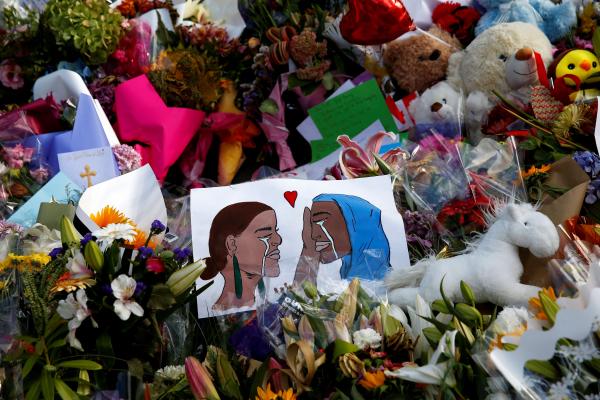Mar 20, 2019
Let me tell you what it’s like to walk into a classroom studying world religions after a mass shooting at a house of worship. I know because I’ve done it twice in six months. Last October, my students and I returned to class after 11 people were gunned down in Pittsburgh during Shabbat services. Last Friday, we awoke to a shooting that killed 50 people during Jumu'ah prayers at a New Zealand masjid.
Read the Full Article

Already a subscriber? Login
